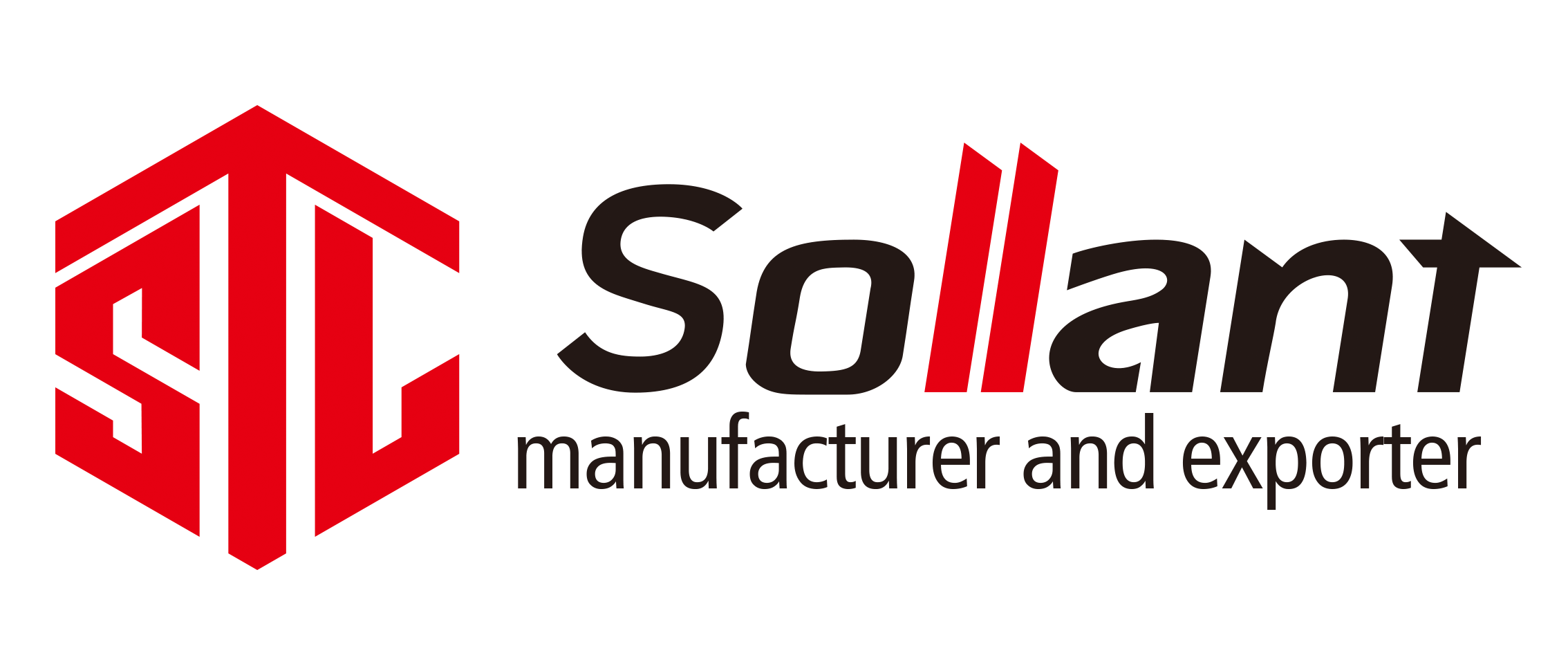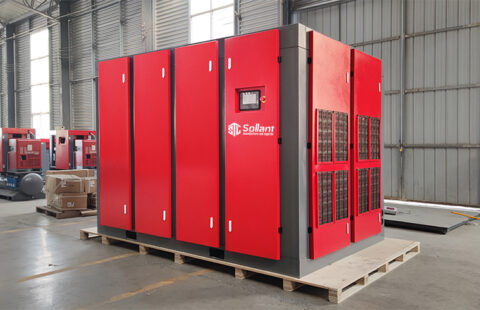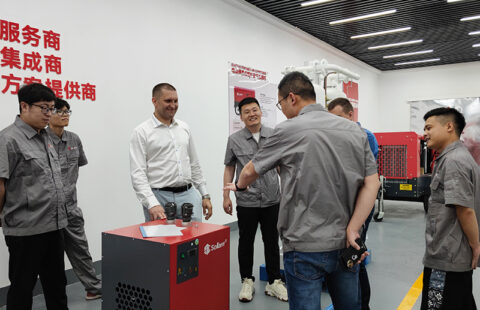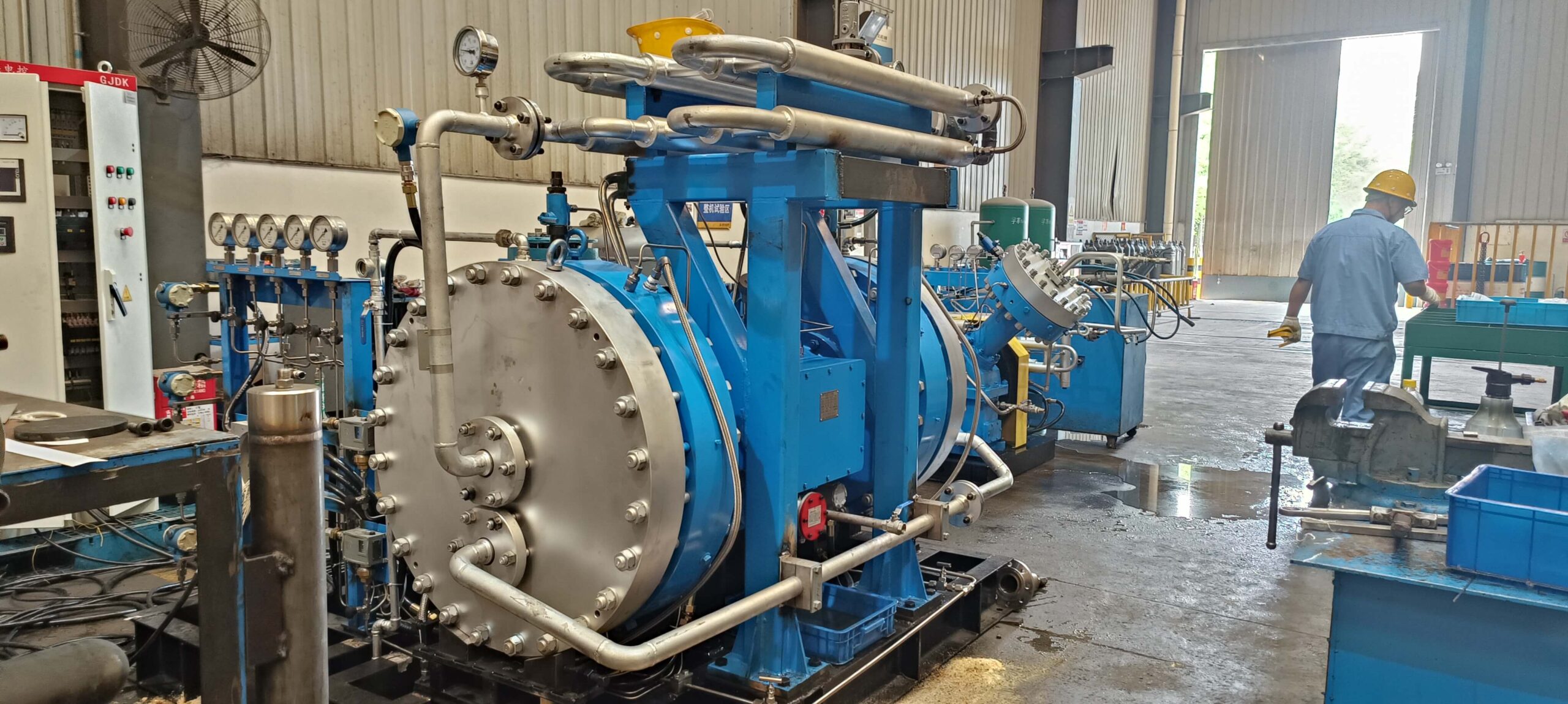
Innovations and Applications of Diaphragm Compressors in the Food and Beverage Industry
Innovations and Applications of Diaphragm Compressors in the Food and Beverage Industry
Introduction:
The food and beverage industry is constantly evolving to meet the demands of a growing global population. Amidst this evolution, diaphragm compressors have emerged as a vital technology, revolutionizing various processes within the industry. This article explores the applications and innovative uses of diaphragm compressors in the food and beverage sector, highlighting their contributions to efficiency, quality, and safety.
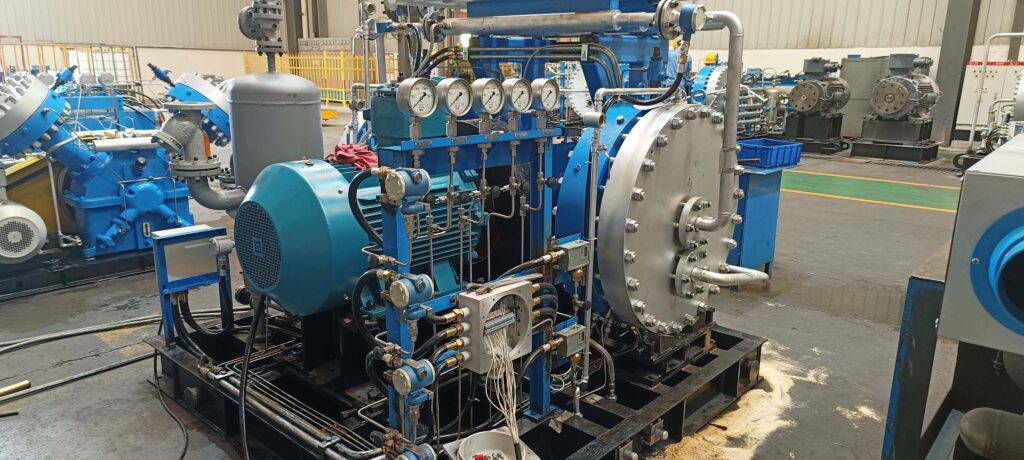
Packaging and Filling:
Diaphragm compressors play a crucial role in packaging and filling operations. Their ability to deliver precise and consistent pressure allows for efficient filling of containers, such as bottles, cans, and pouches, with various food and beverage products. By ensuring accurate pressure control, diaphragm compressors help maintain product quality, prevent contamination, and extend the shelf life of perishable goods. Furthermore, these compressors enable the handling of sensitive products, such as carbonated beverages and delicate food items, without compromising their integrity.
Dairy Processing:
In the dairy industry, diaphragm compressors are utilized for a range of applications. They facilitate the aeration of milk during the production of dairy products like yogurts, ice creams, and whipped creams. The precise pressure control provided by diaphragm compressors ensures consistent product texture and quality. Additionally, diaphragm compressors are used for milk homogenization, a process that breaks down fat globules to achieve a uniform consistency in dairy products. This technology enhances product stability, texture, and taste.
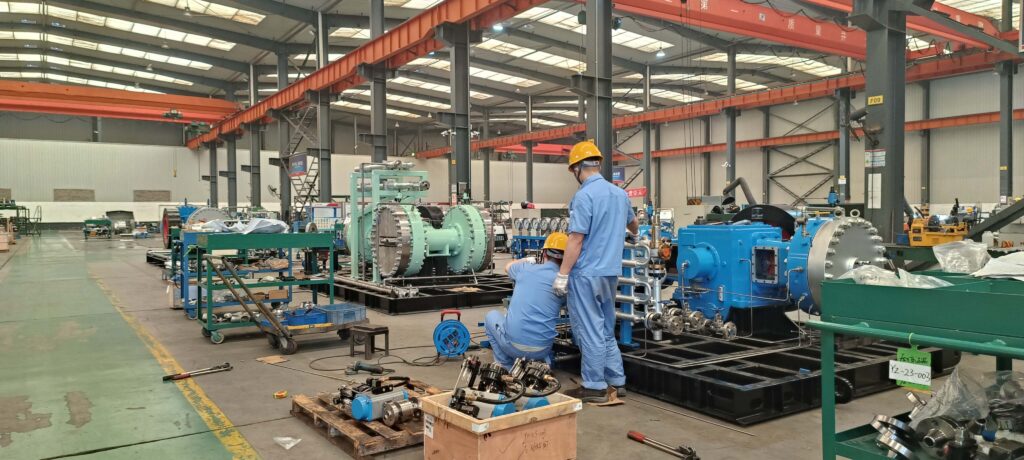
Vacuum Packaging:
Vacuum packaging is widely employed in the food and beverage industry to extend the shelf life of perishable goods. Diaphragm compressors are integral to this process as they create a vacuum environment within the packaging, removing air and reducing oxygen levels. By minimizing oxygen exposure, diaphragm compressors help preserve product freshness, prevent spoilage, and inhibit the growth of microorganisms. This technology is particularly crucial for maintaining the quality of delicate and sensitive food products, including meats, fruits, and vegetables.
Nitrogen Generation:
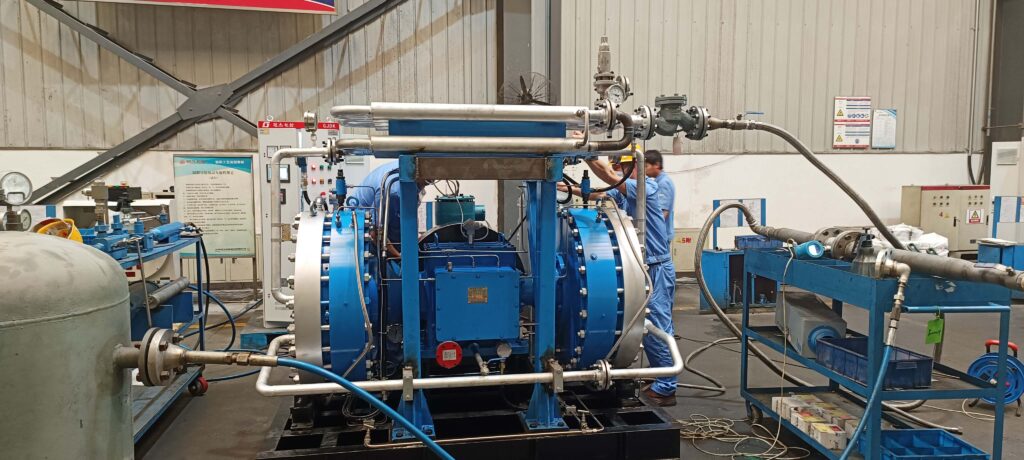
Diaphragm compressors are employed in nitrogen generation systems, which are used for food preservation and modified atmosphere packaging (MAP). These systems produce nitrogen gas by compressing ambient air and removing oxygen. Nitrogen is an inert gas that helps preserve the quality and freshness of food products by reducing oxidative deterioration. Diaphragm compressors enable the efficient and continuous generation of nitrogen, facilitating MAP processes and extending the shelf life of a wide range of food and beverage items.
Innovations and Future Prospects:
The food and beverage industry continually seeks innovative solutions to enhance efficiency, safety, and sustainability. Diaphragm compressor technology is also evolving to meet these demands. Innovations include the development of diaphragm compressors with improved energy efficiency, reduced maintenance requirements, and enhanced automation capabilities. Furthermore, the integration of advanced control systems and IoT (Internet of Things) technology allows for real-time monitoring, remote operation, and predictive maintenance, leading to optimized performance and reduced downtime.
Conclusion:
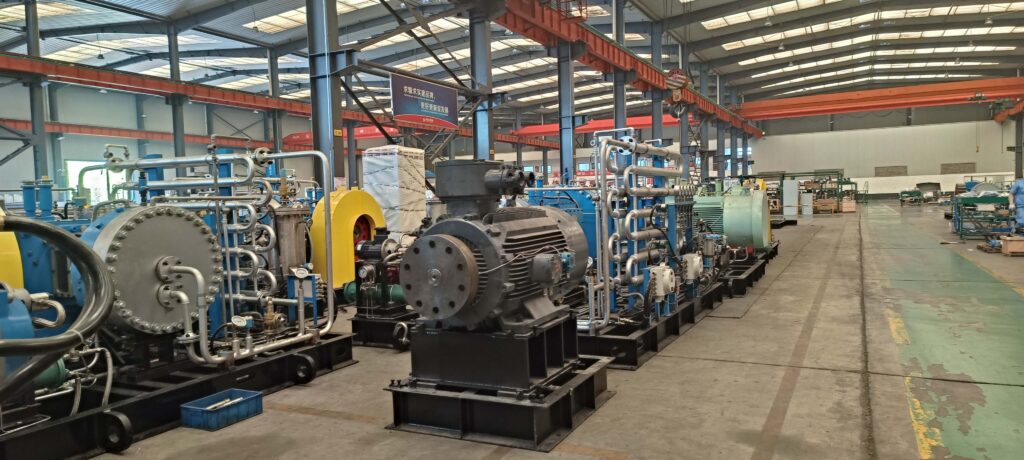
Diaphragm compressors have revolutionized multiple processes in the food and beverage industry, ranging from packaging and filling to dairy processing, vacuum packaging, and nitrogen generation. These compressors offer precise pressure control, enabling consistent product quality, extended shelf life, and enhanced safety. With ongoing innovations and the integration of advanced technologies, diaphragm compressors are poised to play an even more significant role in the future, driving efficiency, sustainability, and advancements within the dynamic food and beverage sector.
Sollant Focus on Energy Saving
